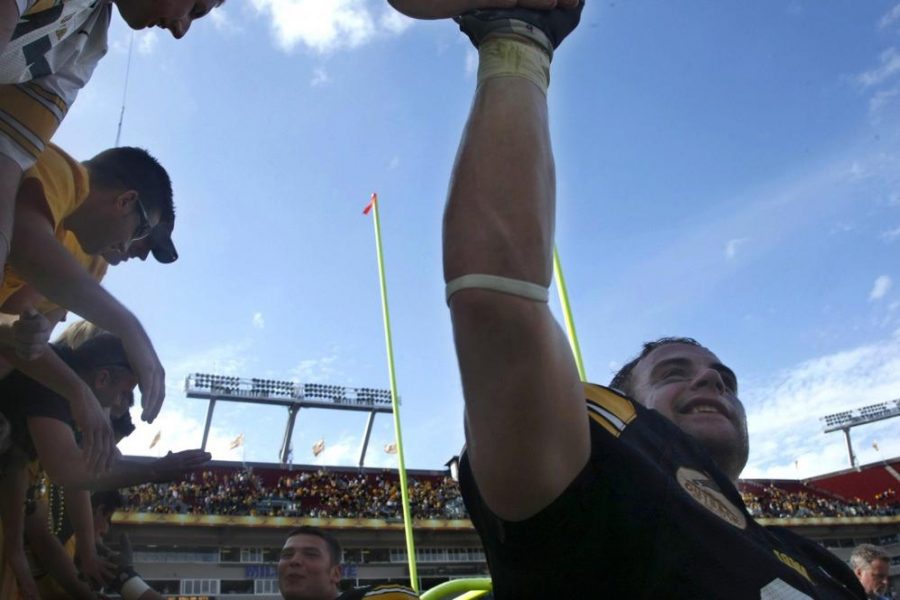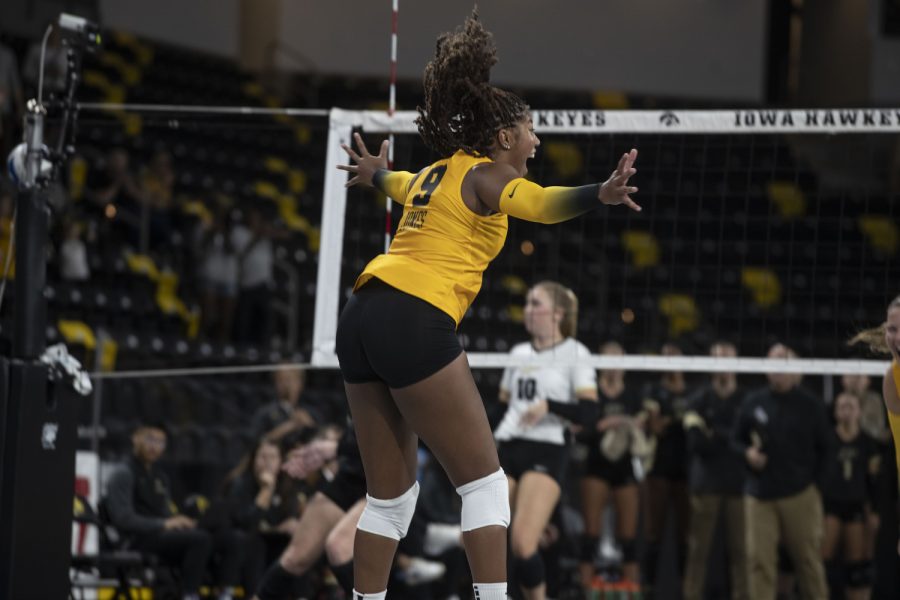Tyler Sash had CTE.
The New York Times reported that on Tuesday, which only adds to the sad legacy he left behind.
It’s not surprising. Sash was a hard-hitting safety who spent much of his life barreling into players with the sole intention of sending them to the turf. He dedicated his life to playing the sport, and it killed him.
The only reason we now know he was suffering from CTE is because he’s dead. There wasn’t a way to tell until Sash was gone — medical science hasn’t advanced far enough to have a test that can be performed before death. He didn’t know the fits of anger and his inability to focus were a sign of a disease that was slowly killing him.
It wasn’t just his head, either. His shoulders were broken, his mind was broken, and his spirits couldn’t have possibly been in a good place. A Super Bowl champ, yes, but when he left school early as a junior to take his shot at the next level, he couldn’t have possibly imagined he’d end up working menial labor jobs, unable to concentrate on anything else.
Sash played football for 16 years. Who knows when he got his first concussion? It could have been in the backyard playing football with his friends. It could have been during a routine play in high school.
He had no idea that with each knock to the head he suffered, he was slowly giving his body to a disease that’s still as mysterious as it is deadly.
Sash basically demonstrated every possible symptom of CTE. When they cut open his head postmortem, they found the disease to be nearly as bad as what Junior Seau’s had been when he committed suicide in 2012.
Seau was 43. Sash was 27. Who’s next?
It’s depressing to think about it.
Yet, when Super Bowl 50 rolls around Feb. 7, the number of viewers will likely break another record.
Sports are still “must-watch” television, and the major networks will do whatever they can to keep people tuned in. For a sport as popular as football, reminders to watch the games come from nearly everywhere.
It’s a product, and it’s being sold to us. That’s how it’s been for decades, but now that product is killing people and creating front-page news in doing so.
How much more of this can we really stomach as a society?
Even the Romans — bloodthirsty and warlike as they were — eventually got sick of killing people in gladiator fights. As the story goes, a monk tried to stop a fight in a gladiatorial arena, only to be stoned to death by the crowd.
Roman Emperor Honorius was so impressed with the monk’s bravery that he decided to cancel the gladiatorial games forever.
Football is to the closest thing we have to the brutality that took place in Roman arenas. The sport, just like the gladiatorial fights of old, is filled with physical violence, humankind’s guiltiest pleasure. We love the blood. We love the beatdowns. We love it all.
There is, however, a major difference. Unlike a gladiator fighting on the bloody sand, football players can’t see the deathblow coming and can’t try to defend themselves.
Sash won’t be the last person to die from injuries — to the mind or body — from football.







